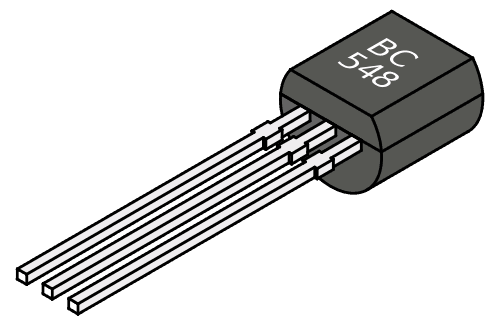
For each electron that combines with a hole, another electron leaves the negative terminal of the battery, and enters the base. When an emitter hole and a base electron meet, they combine.


With the bias setup shown, the positive terminal of the battery repels the emitter holes toward the base, while the negative terminal drives the base electrons toward the emitter. pnp Forward-Biased Junction Now let us consider what happens when the emitter-base junction is forward biased. However, it is the internal hole flow that leads to electron flow in the external wires connected to the transistor.Ģ Figure 2: The forward-biased junction in a pnp transistor. Although hole flow is the predominant type of current flow in the pnp transistor, hole flow only takes place within the transistor itself, while electrons flow in the external circuit. Remember, just as in the case of the npn transistor, this difference in supply voltage is necessary to have current flow (hole flow in the case of the pnp transistor) from the emitter to the collector. Thus, the base of the pnp transistor must be negative with respect to the emitter, and the collector must be more negative than the base.

Since the base-collector junction is always reverse biased, then the opposite polarity voltage (negative) must be used for the collector. The first letter (p) in the pnp sequence indicates the polarity of the voltage required for the emitter (positive), and the second letter (n) indicates the polarity of the base voltage (negative). Notice that the procedure used earlier to properly bias the npn transistor also applies here to the pnp transistor. A typical bias setup for the pnp transistor is shown in figure 1. To support this different type of current (hole flow), the bias batteries are reversed for the pnp transistor. This is in contrast to the npn transistor where the majority current carriers are electrons. The majority current carriers in the pnp transistor are holes. However, since the emitter, base, and collector in the pnp transistor are made of materials that are different from those used in the npn transistor, different current carriers flow in the pnp unit. 1 pnp- Transistor Operation Figure 1: A properly biased pnp transistor The pnp transistor works essentially the same as the npn transistor.


 0 kommentar(er)
0 kommentar(er)
